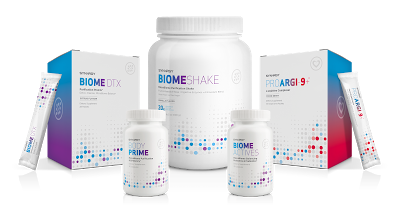Cooking Tips for Heart Healthy Meals

Cooking a heart healthy meal, or cooking in general, may seem like a
frightening task to some, especially to those who tend to burn
everything including toast. However, a study completed by the Johns
Hopkins Bloomberg School of Public Health states that the main
ingredient in a healthier diet is cooking meals at home. By cooking at
home you have control over your ingredients, your portion sizes, and the
way that you cook your food.
A key to creating heart healthy meals is to cut down on cholesterol,
fats, and salt found in many common ingredients. Create meals that keep
your heart in mind by looking to these quick tips when dinnertime
approaches.
Avoid Frying
Rather than deep frying or pan frying food, which causes ingredients to
soak up unnecessary and unhealthy fats, look to these alternative
options to keep the nutritional value of your ingredients intact:
Stir-frying. High temperatures destroy some nutrients when
cooking, so by stir-frying foods rapidly at high temperatures, food
(especially vegetables) retain more of their nutrients, and since the
cooking happens quickly, the foods don’t retain as much oil as they
would with conventional deep frying techniques.
Broiling. Broiling is a popular choice to prepare healthy meals
since it uses direct heat to cook the food and requires little to no oil
in order to cook. Similarly, broiling methods melt the natural fat
found in meat such as chicken or fish, and since most ovens have a
broiling unit, it is a quick and reliable way to prepare meals.
Steaming. Unlike the options above, steaming is a form of cooking
that requires no oil, which makes it much better for your heart since
it avoids adding unnecessary fats. Steaming is also great for keeping
the original form and taste as well as most of the original nutrition,
especially in vegetables. For example, steamed broccoli retains 81% of
its vitamin C as opposed to only 30% when cooked in water. And since
preparation for steaming is minimal, you can create a healthy meal in
very little time.
Quick Tip: Try to keep your meals simple. In many cases, simple
recipes and ingredients lead to healthier, more natural meals while more
complicated recipes that involve extra ingredients and specialized
cooking methods could potentially be taking away from your meal’s
nutrition and your time.
‘Tis the Season
Try to avoid prepackaged seasonings as they usually contain a lot of
salt. Selecting fresh herbs and preparing hand-made seasonings may seem
foreign to you now, but in the long-term, you’ll be saving money by
doing the preparation yourself. Your heart will thank you for avoiding
all the extra sodium found in store-bought packages.
Quick Tip: Use citrus juice, peppers, or vinegar to add an extra
level of flavor to your dishes. But be sure to use these sparingly as to
not overpower the overall flavor of the meal.
Make Substitutions
Using low or non-fat yogurt instead of sour cream cuts out unnecessary
fats in your meal. In ½ a cup of yogurt, you’ll get double the calcium
and cut out 4 grams of fat and 2 grams of saturated fat—a fat found in
many store-bought foods that could be damaging to heart health over
time.
Eliminating butter and replacing it with heart healthy olive oil can be
incredibly beneficial to your arteries and overall heart health.
Replacing one tablespoon of butter with one tablespoon of olive oil
drops the fat content by 2 grams. Seven grams of unhealthy saturated fat
will be replaced by 10 grams of heart healthy monounsaturated fats
instead.
Make Extra
If you’re putting in the time and effort to prepare a heart healthy
dish, don’t hesitate to go overboard. Making extra food gives you
healthy snack options, as well as back-up meals in case you don’t feel
like preparing something new after a long day. There’s nothing wrong
with thinking ahead. This will help you create good habits that will
keep your heart healthy and happy in the future.
Quick Tip: Making extra food is great, but just because you have
extra food, doesn’t mean you need extra helpings. Set aside proper
portions for snacks and meals by using small bags or plastic containers
to stay organized and stay focused on eating until you are satisfied
rather than eating until you are stuffed.

